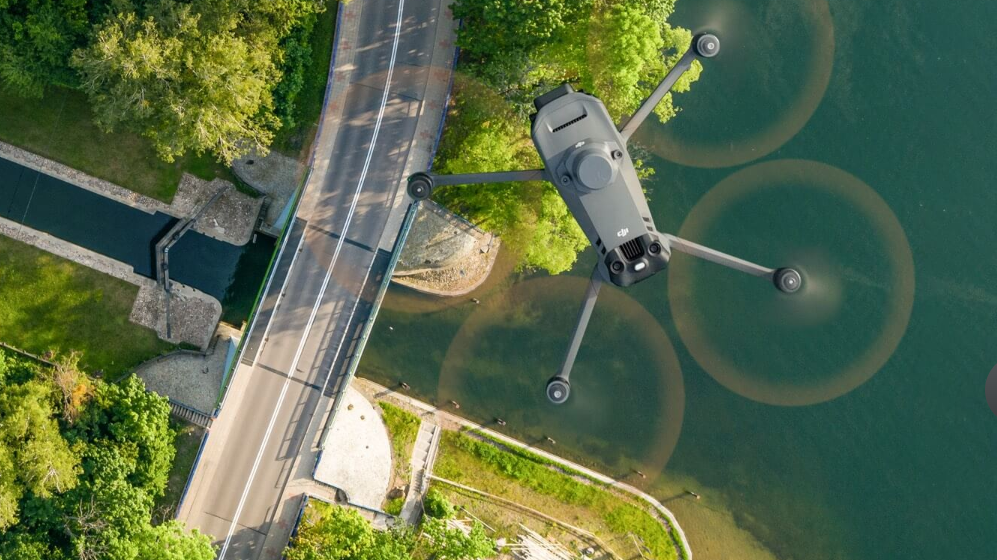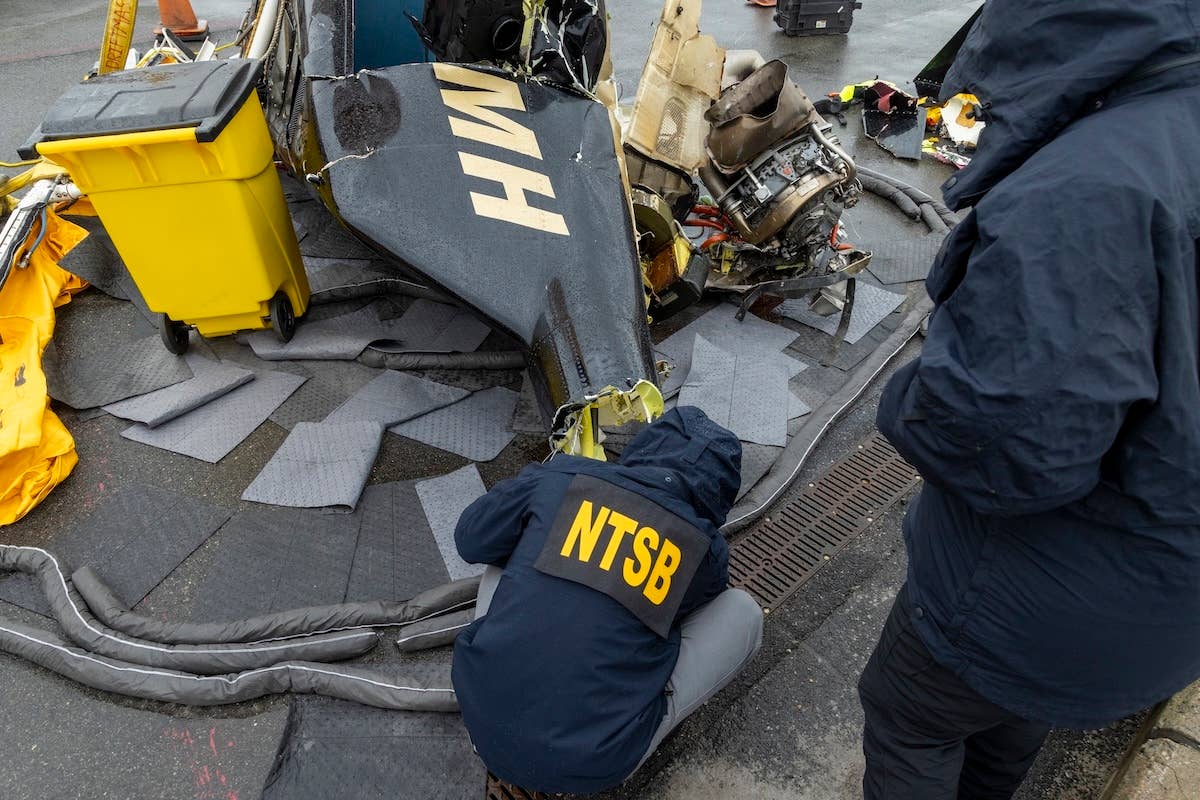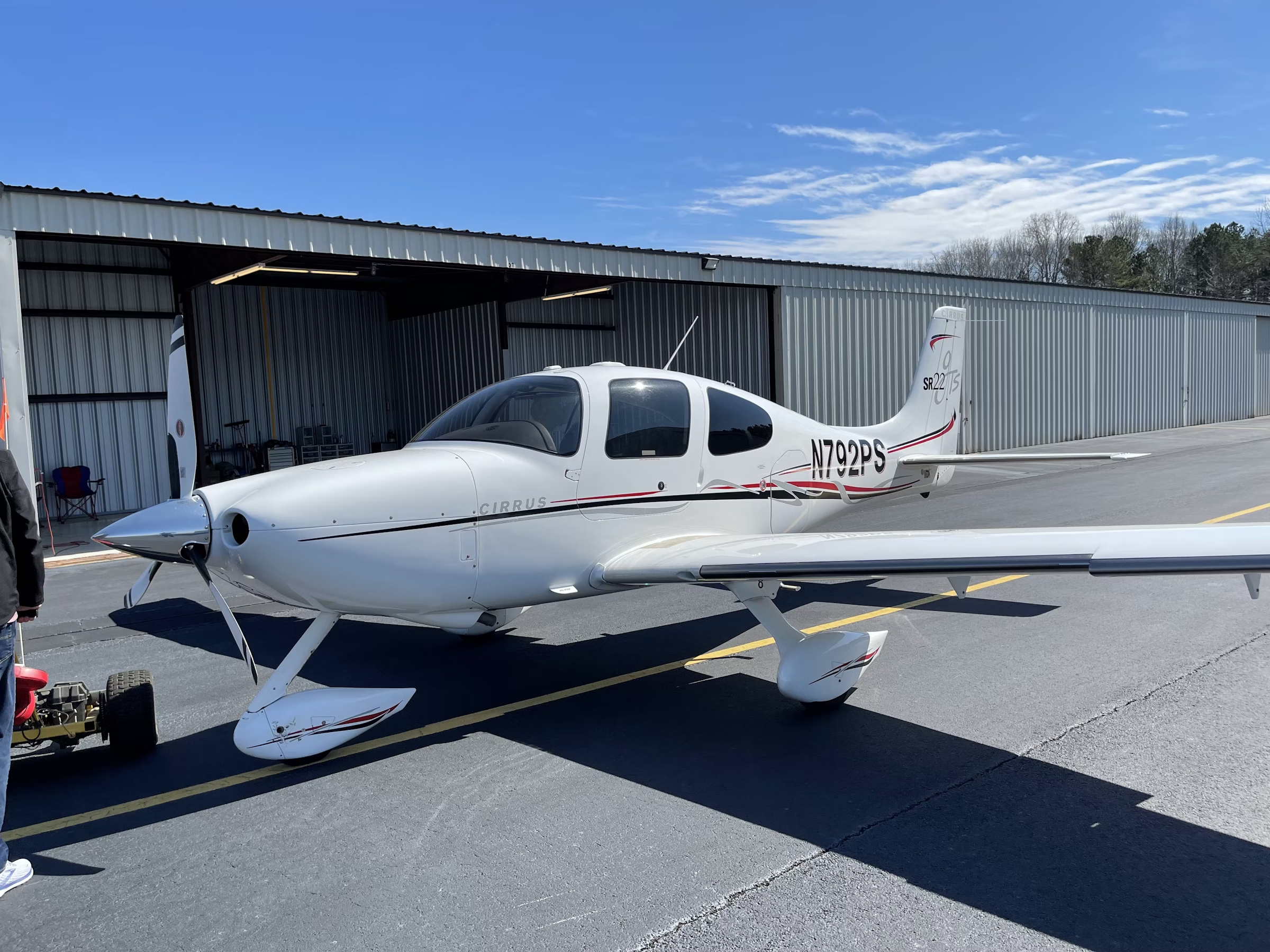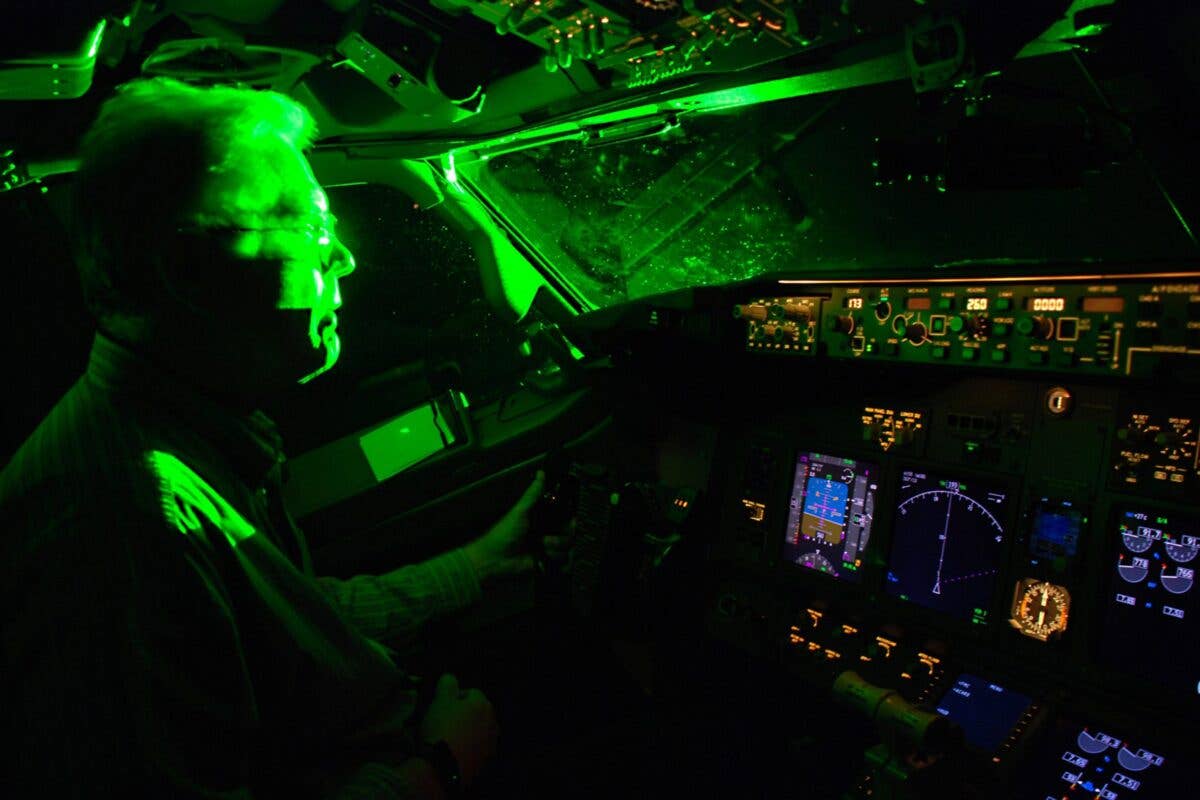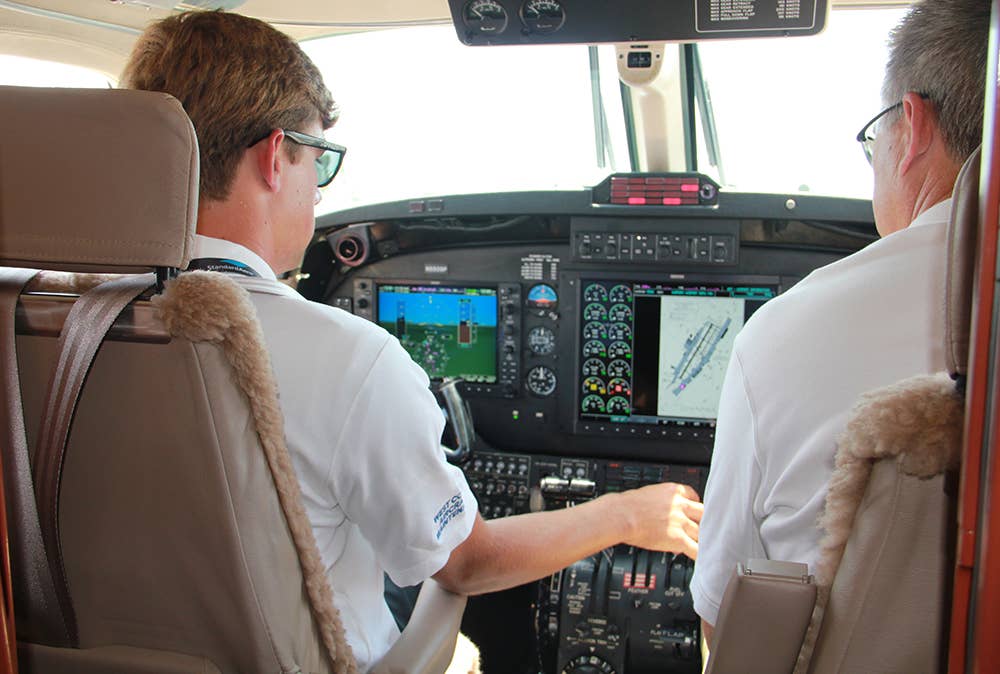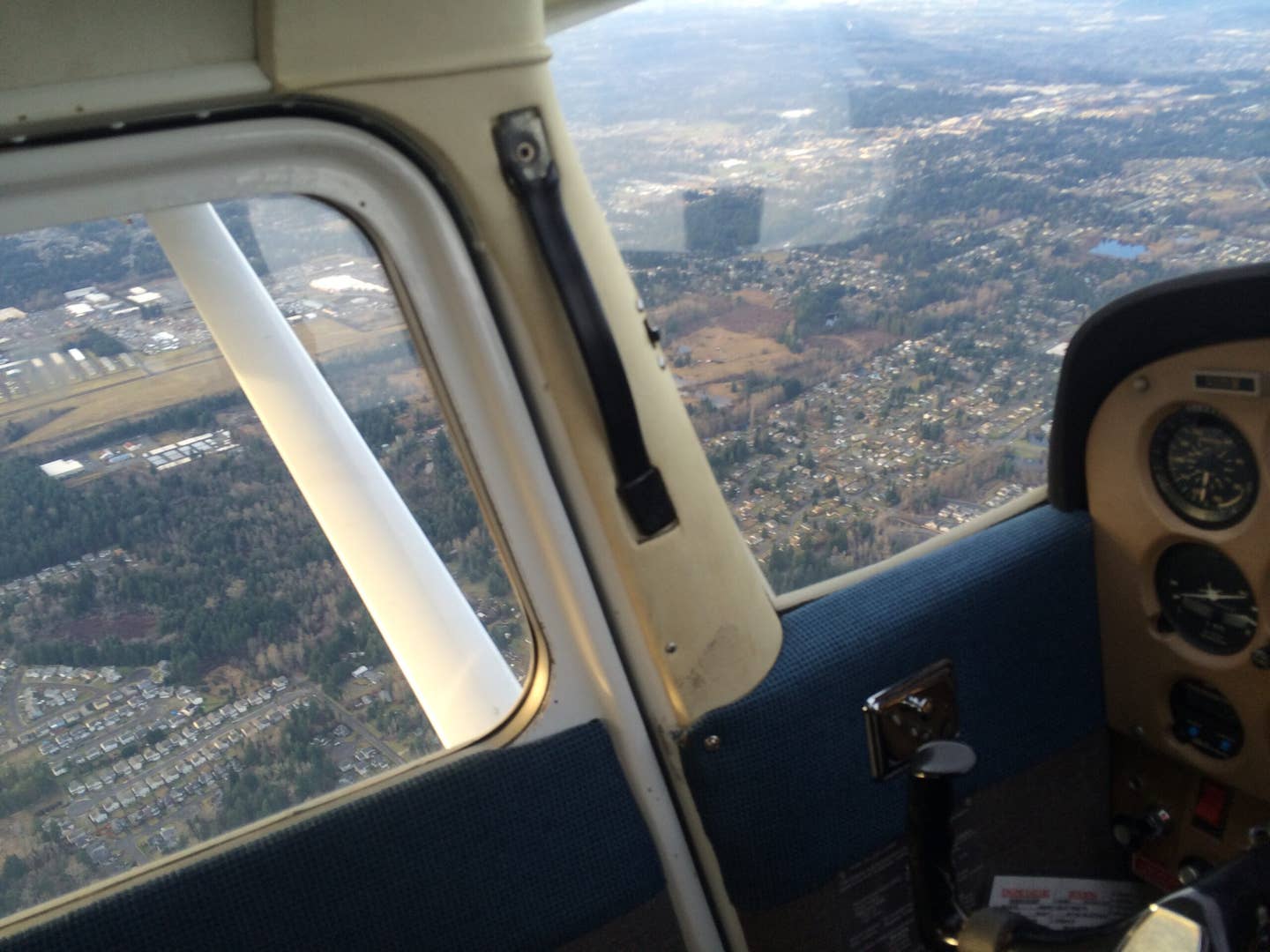Equipment to Purchase When Buying an Airplane
If you’re buying an aircraft, don’t take off without these essentials.
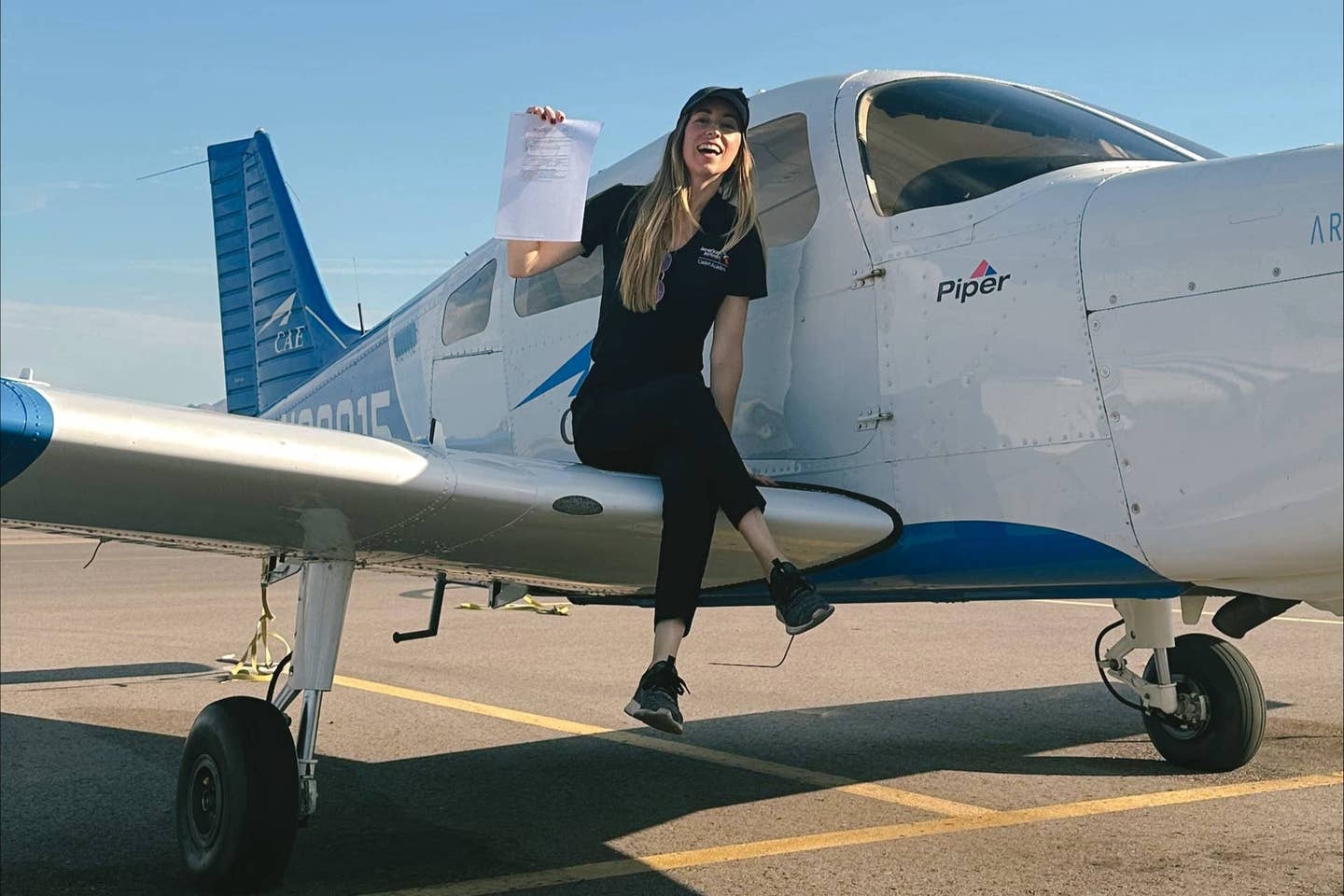
Did you just buy a new plane? The next step is buying the right gear. [Photo by Carly Chamerlik]
So, you’re thinking about buying an airplane.
Finding the right aircraft is an exciting process that usually requires some patience and time. After sifting through every online listing, combing through maintenance logs, completing inspections, and signing on the dotted line, you finally get the keys.
That’s when it hits you: There isn’t a fuel tester in the pocket where your rental always keeps one. The pitot tube cover is nowhere to be found. And you’re pretty sure the fire extinguisher is expired.
Buying the airplane itself is one thing, but equipping it with the right tools and accessories is another. This FLYING guide will help you compile all of the necessary gear so you can enjoy your new airplane from day one.
Essential Equipment
As a new aircraft owner, you likely are a seasoned or somewhat experienced pilot. You may already have basic gear, like a headset and flight bag. However, outdated or well-used equipment may be due for an upgrade. Buying a new-to-you aircraft is the perfect time to evaluate your existing tools and upgrade as needed.
Personal flying gear
Headsets
When buying an airplane for the first time, it’s a good idea to have extra headsets on hand for passengers. Even if you don’t plan to take passengers regularly, keeping an extra headset in the airplane ensures you always have a backup if something were to happen to your primary headset.
FLYING recommends:
Survival kit
A basic survival kit should be at the top of your list when buying an airplane. In the event of an emergency, you’ll want to have tools on board that can help provide shelter, clean water, and medical aid.
You can compile your own kit from scratch or buy a prepackaged bundle of essentials. At a minimum, a waterproof container or dry bag with a multitool, ferro rod, emergency blanket, portable water filter, and small first-aid kit will cover your bases.
FLYING recommends:
Flashlight or headlamp
Save yourself some trouble and keep a flashlight or headlamp in your flight bag. A red light setting or filter is ideal to protect your night vision. For those times you need to preflight at night or peer into the dark engine cowling, you’ll be glad you packed a light.
FLYING recommends:
Hand-held radio
In case of communication failure on board, a hand-held radio can serve as a backup. It can also be used on the ground to monitor traffic before starting the airplane. Hand-held radios are relatively inexpensive and can be used in many scenarios for both emergency and normal operations.
FLYING recommends:
Aircraft safety equipment
Fire extinguisher
Although not technically required for Part 91 operations, it’s a good idea to keep a small fire extinguisher on board where it can be easily accessed. If there is an engine fire, a fire extinguisher may be the only way to minimize damage while keeping a safe distance. Having the option to use it and not need it is certainly a better scenario than encountering a fire and having no way to put it out.
Store the fire extinguisher where the pilot can reach it if needed. Anchor it behind the pilot’s seat or between the two front seats if possible. A loose fire extinguisher rolling around in the back is a potential hazard, so be sure to secure it in place.
Carbon monoxide detector
Carbon monoxide exposure while flying is a potentially deadly scenario. Whether you opt for a small detector card on your instrument panel or a more complex device, monitoring carbon monoxide levels should be a regular part of your flying routine.
FLYING recommends:
Pitot tube cover
Whether your aircraft will be hangared or in ramp parking, a pitot tube cover is a must-have that can save a lot of trouble down the line. Keeping the pitot tube protected when not in use ultimately safeguards your flight instruments. Leaving the pitot tube exposed for extended periods of time can invite dirt, debris, and pests to block the system and cause faulty readings on the airspeed, altitude, and vertical speed indicators.
Wheel chocks
Keep your aircraft from rolling while parked by placing wheel chocks around the tires. One set for the nosewheel is typically enough to prevent rollaway, especially when used in combination with a parking brake.
FLYING recommends:
Tie-down ropes
Tie-down ropes or straps are only necessary for ramp parking, but even if your aircraft is hangared, it can be helpful to have a set available for travel. Not all airports provide tie-downs for visiting aircraft, and anchoring your aircraft while parked is a smart and safe practice.
Avionics and Navigation Gear
You don’t need to overhaul your airplane’s instrument panel to enhance inflight navigation and situational awareness. Portable devices like GPS units and tablets can provide many of the same benefits as a built-in GPS at a significantly lower cost.
These items can’t replace hard-installed avionics when it comes to flying instrument procedures or as the sole source of navigation. They can be excellent additions to your existing system when used appropriately.
Portable GPS units and ADS-B
A portable GPS is a smart backup even if your aircraft has a hardwired GPS. If you experience a panel failure or loss of GPS, you’ll have another way to navigate and increase situational awareness. A portable GPS is also a good addition to an emergency preparedness kit for navigating on the ground.
A portable ADS-B receiver can be paired with a tablet to view traffic and weather radar in flight. Some units have their own power supply, while others can be powered by the airplane or by an external battery. If your airplane is not already equipped with an ADS-B receiver, put this relatively inexpensive device at the top of your list.
FLYING recommends:
iPad or tablet
Tablets, especially iPads, have become increasingly popular with general aviation pilots of all experience levels. Electronic flight bags (EFBs) like ForeFlight and Garmin Pilot contain everything a pilot needs to plan, file, and monitor a flight from start to finish. These EFB apps can also house flight logs, checklists, charts, and operating handbooks for easy access.
FLYING recommends:
Maintenance and Ground Operations Equipment
Tools and maintenance
Pilots who hold a minimum of a sport or private pilot certificate can legally perform preventative maintenance on their aircraft. Preventative maintenance, as defined by Part 61 regulations, includes activities like changing the oil, replacing light bulbs, and replenishing hydraulic fluid.
Take advantage of this privilege and save some money on maintenance by taking care of some of these smaller items on your own. With the proper tools, minor fixes can be made easily. This hands-on approach is also a great way to further familiarize yourself with your aircraft’s systems.
A basic tool kit with screwdrivers, wrenches, and pliers will cover most of your needs. Additionally, a tire pressure gauge and a stock of engine oil will come in handy in day-to-day operations.
FLYING recommends:
Ground handling
Think through anything you’d use in a normal preflight. A fuel tester, windscreen cleaner, nitrile gloves, and cleaning rags will get frequent use. In moderate and cold climates, an engine preheater is a great idea for warming your engine and making for an easier start.
If you have a hangar, you’ll also want to equip the space with cleaning and organizational items like shelving, trash can, and broom. For routine aircraft cleaning, stock some basic cleaning supplies, buckets, and shop towels.
Consider getting a canopy cover to protect the aircraft while parked on the ramp. Even if you’re one of the lucky few in a hangar, there may be times you fly away from home and leave your aircraft outside overnight. A cover is a great addition to your aircraft gear list because it protects the exterior from the elements and shields the interior from sun exposure.
FLYING recommends:
Budgeting and Prioritization
When it comes to buying gear for your new airplane, it’s helpful to set a budget and stick to it. Separate the needs from the wants to help gain clarity on where to prioritize spending. All of the accessories and upgrades can add up quickly, so be sure to cover the essentials first before moving on to the nice-to-have elements.
Safety items like a fire extinguisher, carbon monoxide detector, and a pitot tube cover should take top priority. From there, factor in upgrades to existing equipment and new gear as needed. Not everything needs to be purchased at once, so as long as you have what you need for daily operations, the rest can be pieced together over time.
Getting Ready to Fly
As you settle into ownership, keep researching and asking questions. Advancements in technology, flying regulations, and your piloting skills will call for occasional equipment upgrades in the future.
From personal gear to aircraft maintenance, owning an airplane and outfitting it to meet your needs is all part of the fun. Equipping yourself and your airplane with the right tools will set you up for safe and enjoyable flying experiences for years to come.
FLYING may earn revenue from the products available on this page and participate in affiliate programs.
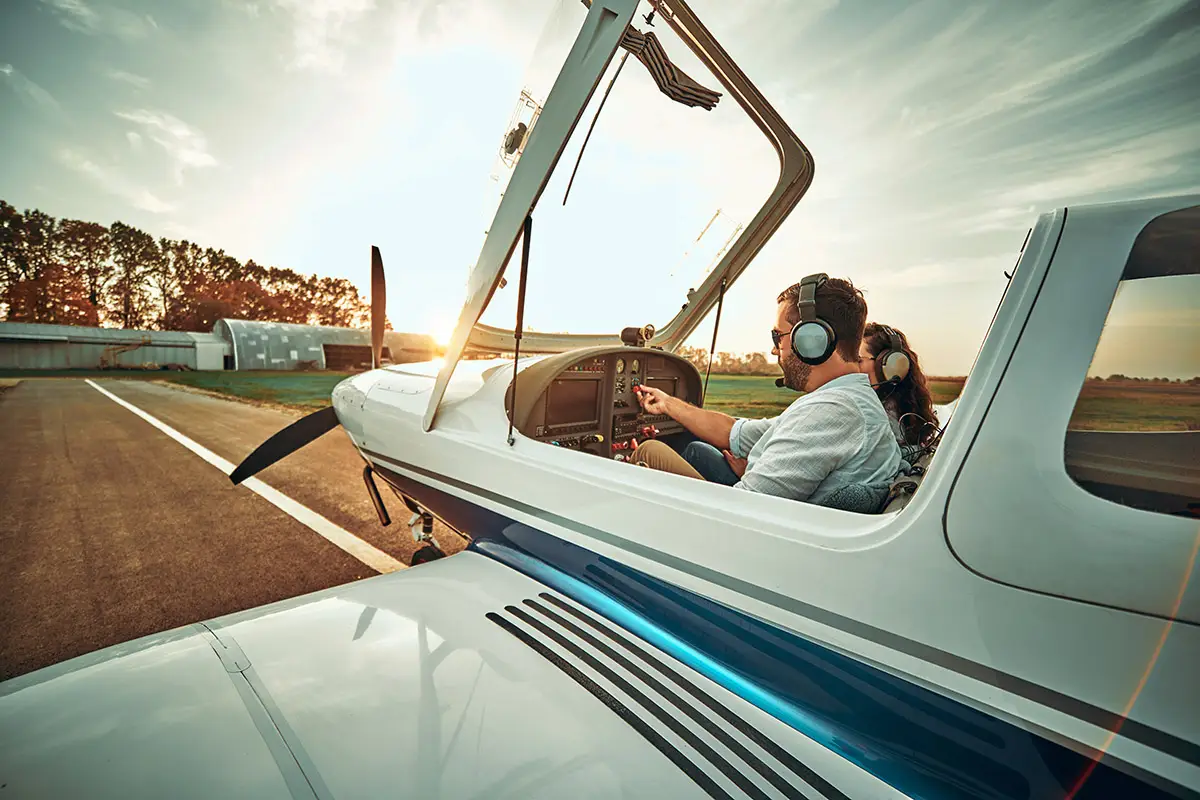
Sign-up for newsletters & special offers!
Get the latest FLYING stories & special offers delivered directly to your inbox

